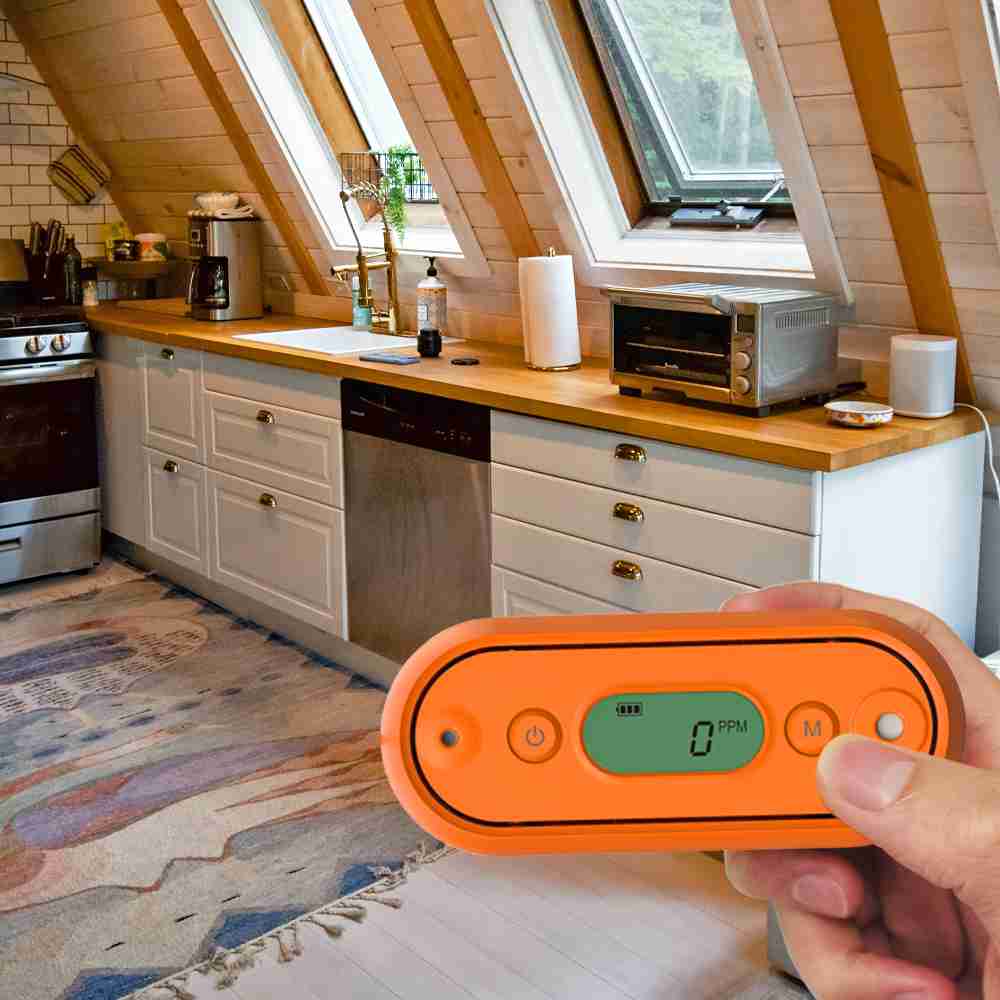What is carbon monoxide, and what does it do?
Carbon monoxide (CO) is an odorless, invisible gas. It is a typical incomplete combustion by-product created when fossil fuels (such as oil, gas, or coal) are burned. Carbon monoxide can kill you before you ever realize it’s there because you can’t sight, taste, or smell it. Lower levels of exposure can make you sick over time.
What is the source of carbon monoxide?
The combustion of fuel-burning equipment such as a furnace, clothes dryer, range, oven, water heater, or space heater can produce carbon monoxide. The trace amounts of CO produced are usually not dangerous when appliances and vents are working properly and there is enough fresh air in your home to allow complete combustion. CO is usually securely vented outside your home.
When something goes wrong, problems can occur. A malfunctioning appliance, a cracked furnace heat exchanger, clogged vents, or debris blocking a chimney or flue are all possibilities. If fireplaces, wood burning stoves, gas heaters, charcoal grills, or gas logs are not properly vented, they can emit dangerous quantities of CO. Exhaust from automobiles left running in an attached garage can seep into the house. All of these factors can result in a CO leak in your home.
What is the hazard of carbon monoxide?
Carbon monoxide deprives you of the most important nutrient: oxygen, which your blood’s hemoglobin transports to your cells and tissues. CO rapidly binds to hemoglobin and displaces oxygen when inhaled. Carboxyhemoglobin, a poisonous chemical in your blood, is produced as a result of this (COHb). Headaches, weariness, nausea, dizzy spells, confusion, and irritability are some of the flu-like symptoms caused by carboxyhemoglobin. Carbon monoxide poisoning might be misdiagnosed since the symptoms are similar to those of the flu. Victims experience vomiting, loss of consciousness, and finally brain injury or death when COHb levels rise.
Carbon monoxide poisoning can affect anyone.
Because everyone requires oxygen to live, everyone is at risk. Due to increased metabolic rates, medical professionals believe that some persons are more prone to CO poisoning: unborn babies, infants, children, seniors, and people with heart and lung difficulties.
It’s critical to have an early warning system in place. According to the National Fire Protection Association, carbon monoxide alarms should be installed outside each sleeping area, within each bedroom, and on every level of the house, including the basement (NFPA). Have your appliances inspected on a regular basis. At least once a year, or as advised by the manufacturer, have a competent appliance technician inspect all fuel-burning appliances, venting, and chimney systems. It is vital to recognize potential threats and take precautions to guard against this major threat.
There are a few things you should consider before acquiring and installing CO alarms in your home:
1. What is the purpose of a carbon monoxide detector?
Carbon monoxide detectors detect the deadly gas and provide early warning. It’s vital to go to fresh air as quickly as possible if you have a carbon monoxide leak. Every second matters, and First Alert CO detectors can help you and your family get the advance notice you need to flee your home in the event of an emergency.
2. What are the most common carbon monoxide sources in a home?
Any fuel-burning equipment can produce carbon monoxide. The furnace in your home, the dryer vent in a dryer, and the fireplace or chimney are the three main sources. To help prevent a CO leak that could lead to carbon monoxide poisoning, get these equipment serviced and cleaned by a professional on a regular basis.
3. Where should carbon monoxide detectors be installed?
CO alarms should be installed on every level of your home so that all members of your family can hear them and be informed to an emergency. Carbon monoxide detectors should also be installed in every bedroom, outside each sleeping area, and in common areas for further safety while you and your family sleep.
4. Where should carbon monoxide detectors be placed in each room?
Detectors for carbon monoxide can be positioned anywhere in the room. CO alarms can be put on the wall or the ceiling, contrary to popular notion that CO is heavier than air, and will be just as effective.
5. What does my carbon monoxide detector mean when it beeps?
The alarm uses distinct sound patterns to indicate if there is an emergency or whether the detector needs to be replaced. It’s critical to understand the distinction between beeps and chirps. For further information about your individual model of alarm, consult the user handbook.


Leave A Comment